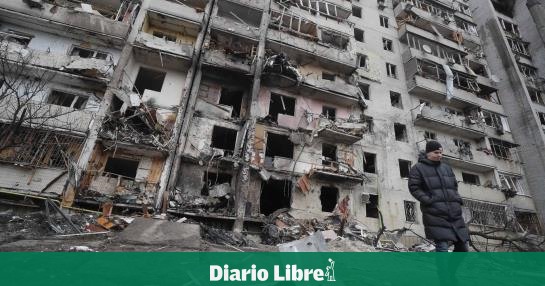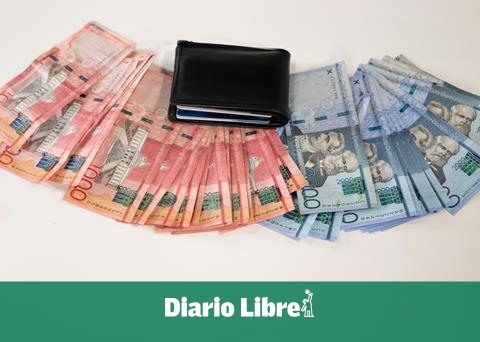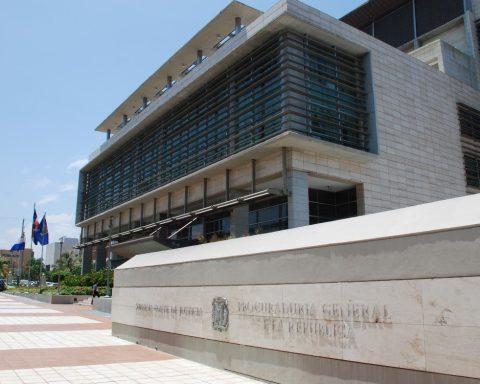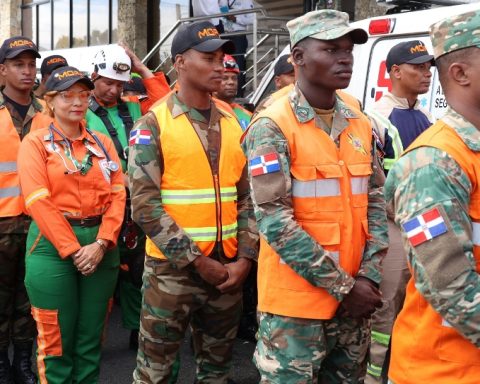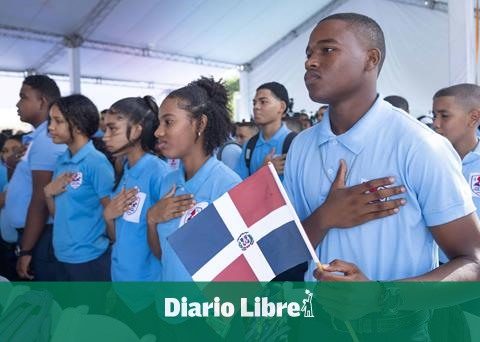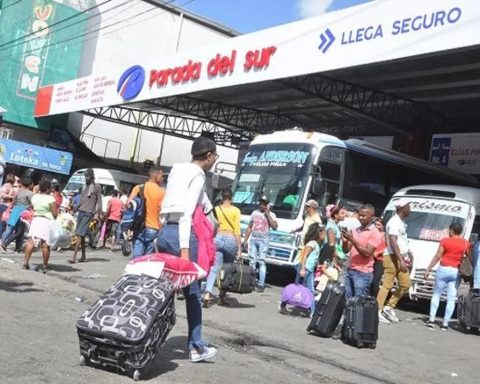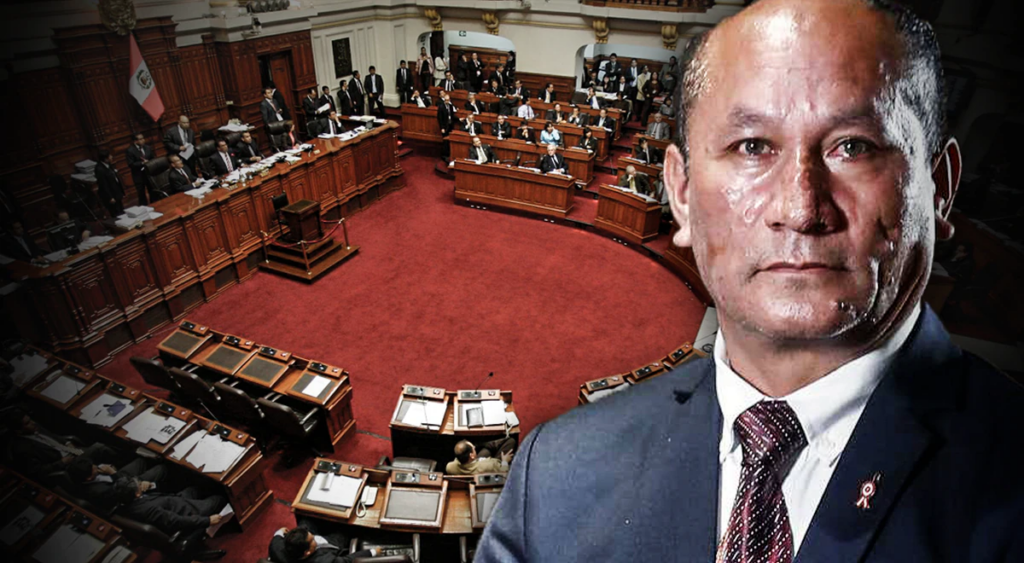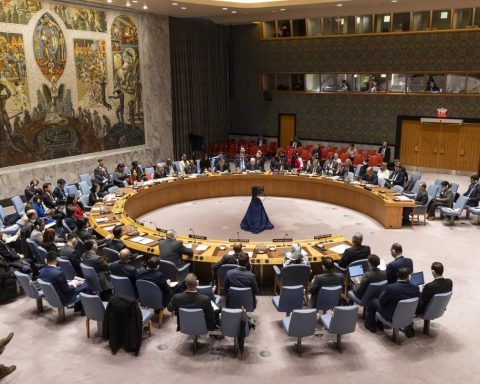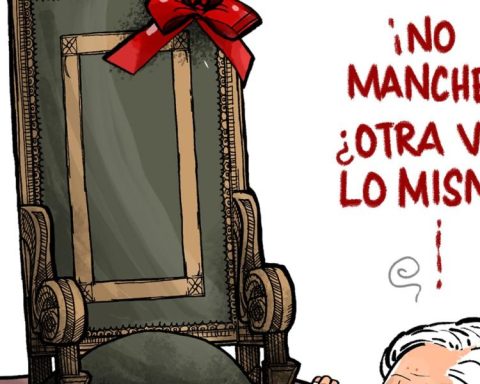While some 3,000 are reported ukrainian tourists stranded in the Dominican Republic, the Russian airline Aeroflot announced yesterday that, due to the closure of Russia’s airspace with some countries in Europe and Canada, it has canceled flights leaving from that country to America, including to Punta Cana.
The decision adds to the uncertainty that exists in the local tourism sector which, according to the scenario generated by Russia’s military invasion of Ukraine, will no longer benefit from Russian, Ukrainian and even Belarusian visitors, who stay for one or two weeks and they tend to spend a little more than the average Latino visitor.
Yesterday, the honorary consul of Ukraine in the Dominican Republic, Ilona Oleksandrivna, he told the Efe news agencythat about 3,000 ukrainian tourists -staying mostly in Bávaro and Punta Cana- are stranded in the country without the possibility of returning to their nation as air connections have been canceled after the Russian invasion.
He explained that about 1,200 of these do not have accommodation, and estimated that the number will increase as the days go by, when their hotel reservations are exhausted.
For today, a press conference would be held with the Dominican tourist authorities to communicate more about the panorama and the conversations with local and international actors to attend to the stranded.
Russia closed its airspace to flights from 36 countries, including all those from the European Union and Canada, in response to the same measure adopted by these states after the Russian intervention against Ukraine that began last week, the Federal Transportation Agency reported. Aerial.
Dominican agencies record cancellations of reservations made by Ukrainians due to the war situation.
In January, when the tension between Russia and Ukraine had not yet triggered the invasion, the Dominican Republic received 50,323 tourists residing in Russia and 10,456 in Ukraine, both emitters representing 36.3% of visitors from Europe in that month, according to figures recorded by the Central Bank.
Last Sunday a Nordwind flight arrived from Moscow to Samaná, and the next one is scheduled for March 3 to Puerto Plata. Although there are others scheduled for destinations such as Punta Cana, until the closing of this edition there was uncertainty in the local aeronautical sector about the routes that the planes would take to reach their destinations.
Russian tourism to the Dominican Republic has been growing steadily. Last year alone, 178,955 tourists residing in Russia and 65,413 in Ukraine visited the country, according to the Central Bank.
“We have never made a differentiation between Russians and Ukrainians; they always came on practically the same flights,” says Elizabeth Tovar, president of the Association of Receptive Tour Operators of the Dominican Republic (Opetur).
“For them the beach is a key point -he adds- because they come from an excessively cold country”.
He reports that these tourists generally prefer Punta Cana and Puerto Plata to stay, but important groups also come to the Colonial City in the National District. As extra activities, they are more inclined to outdoor adventures.
Dominate the North American
“Russians find it extremely cheap to come here, because the cost of living in Russia is exorbitantly high,” observes Elizabeth Tovar. She analyzes that, although Russian and Ukrainian tourists represent a significant number, Dominican tourism still depends mainly on the North American market. “It’s a good cushion (the Russian and Ukrainian markets), but it’s not a determining market,” she says. “We are waiting for what can happen with the airspace, but so far the cancellations have not been excessively large, but it can get complicated,” she says.
